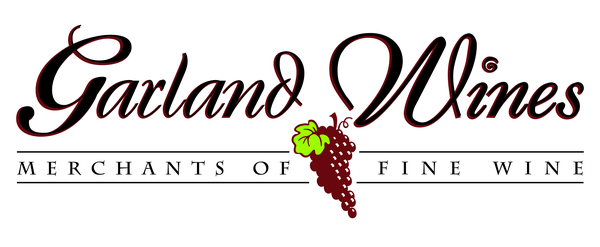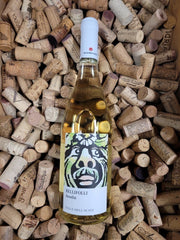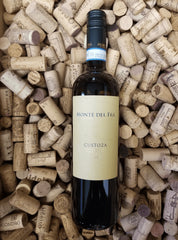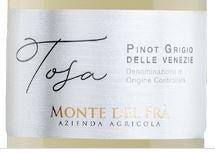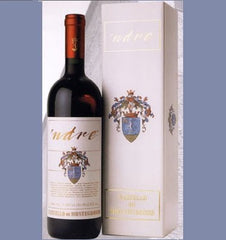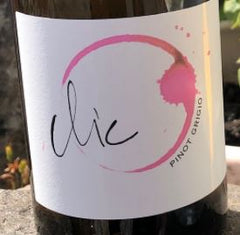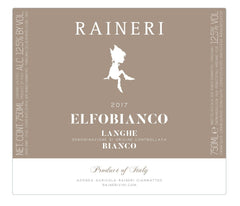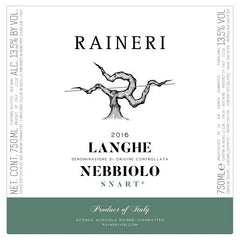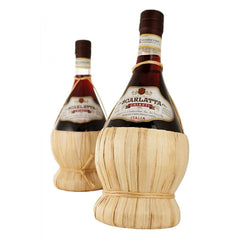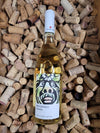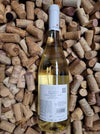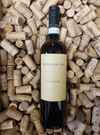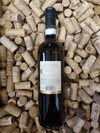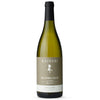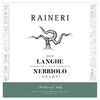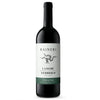


Italy – the home of Moscato, Chianti, Amarone and Prosecco – has a rich and diverse wine heritage dating back more than two thousand years. Famous for its bewildering diversity of both grape varieties and wine styles, Italy is also significant for the sheer volume of wine it produces: just over 4 billion liters (around 1.06 billion US gallons) in 2012, from 800,000 hectares (197,700 acres) of vineyards. It is rivaled in this regard only by France and Spain.
Italy is divided into 20 administrative regions (see left), all of which produce wine to some extent, and all of which contain various wine regions. The most significant, when both quality and quantity are taken into consideration, are Tuscany, Piedmont and Veneto.
Each region has its flagship wine styles. Some are famous because they are produced in large volumes and can be found all over the world, others because of their consistently high quality. Tuscany is known for its generic Chianti, of course, but among devoted wine aficionados its Brunello di Montalcino and Vino Nobile di Montepulciano - as well as Chianti Classico - are more highly regarded. Similarly, Veneto's vast output of Prosecco, Soave and varietal Pinot Grigio does little to boost its reputation as a fine wine region, and yet it produces one of the world's richest, finest wines: Amarone della Valpolicella.
Italy's vineyards are home to more than 2,000 grape varieties, many of which are on the brink of extinction. The safest and best-known Italian grapes are Sangiovese, Barbera, Nebbiolo, Montepulciano and Pinot Grigio (although technically the latter is more French than Italian). These varieties cover many thousands of acres of vineyard, and can be found in various regions. At the other end of the scale are such little-known rarities as Centesimino and Dorona, which are found in tiny numbers in just one or two places.
We have endeavored to bring small family estate selections from most of the famous wine growing areas for your enjoyment.

